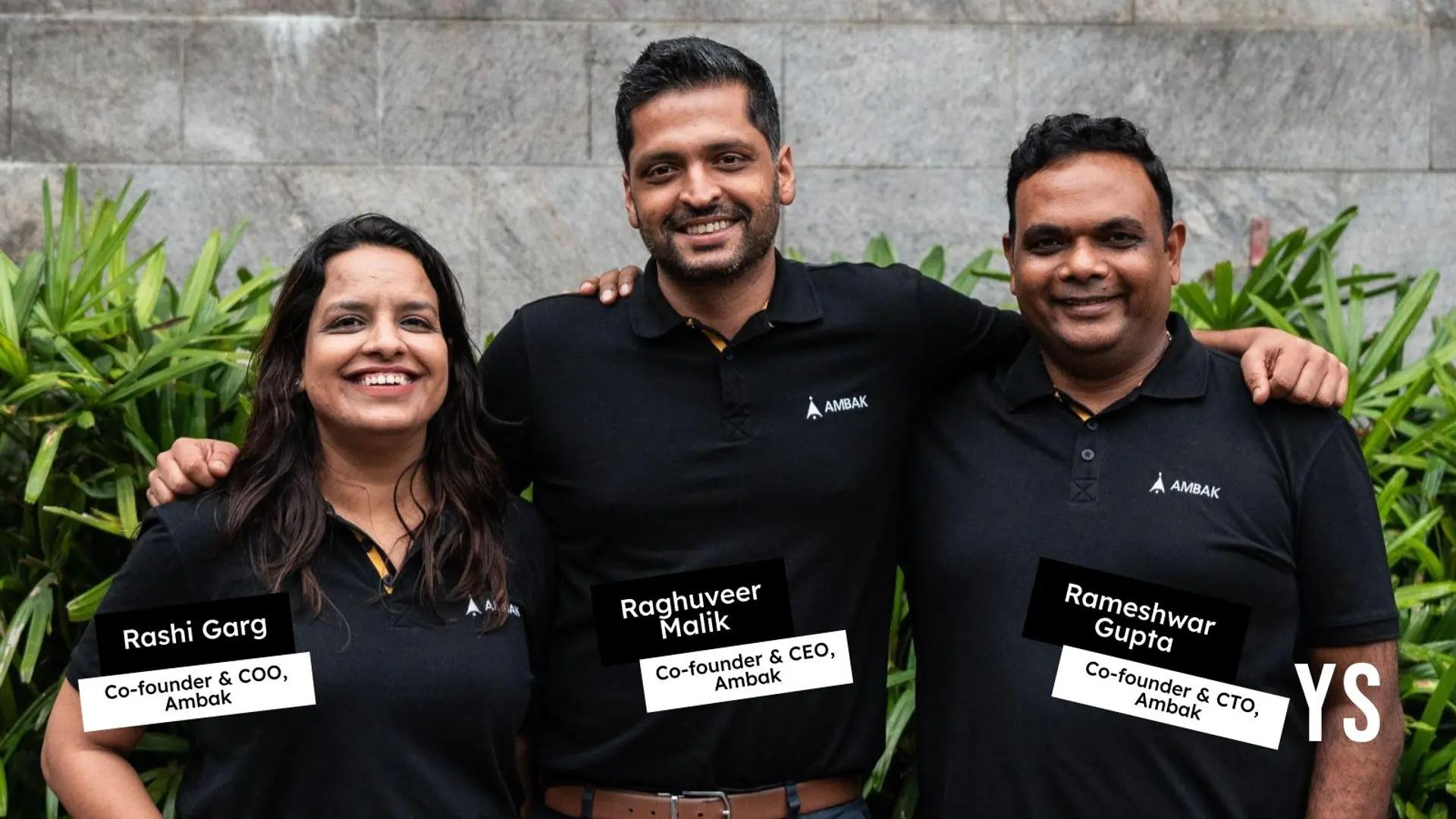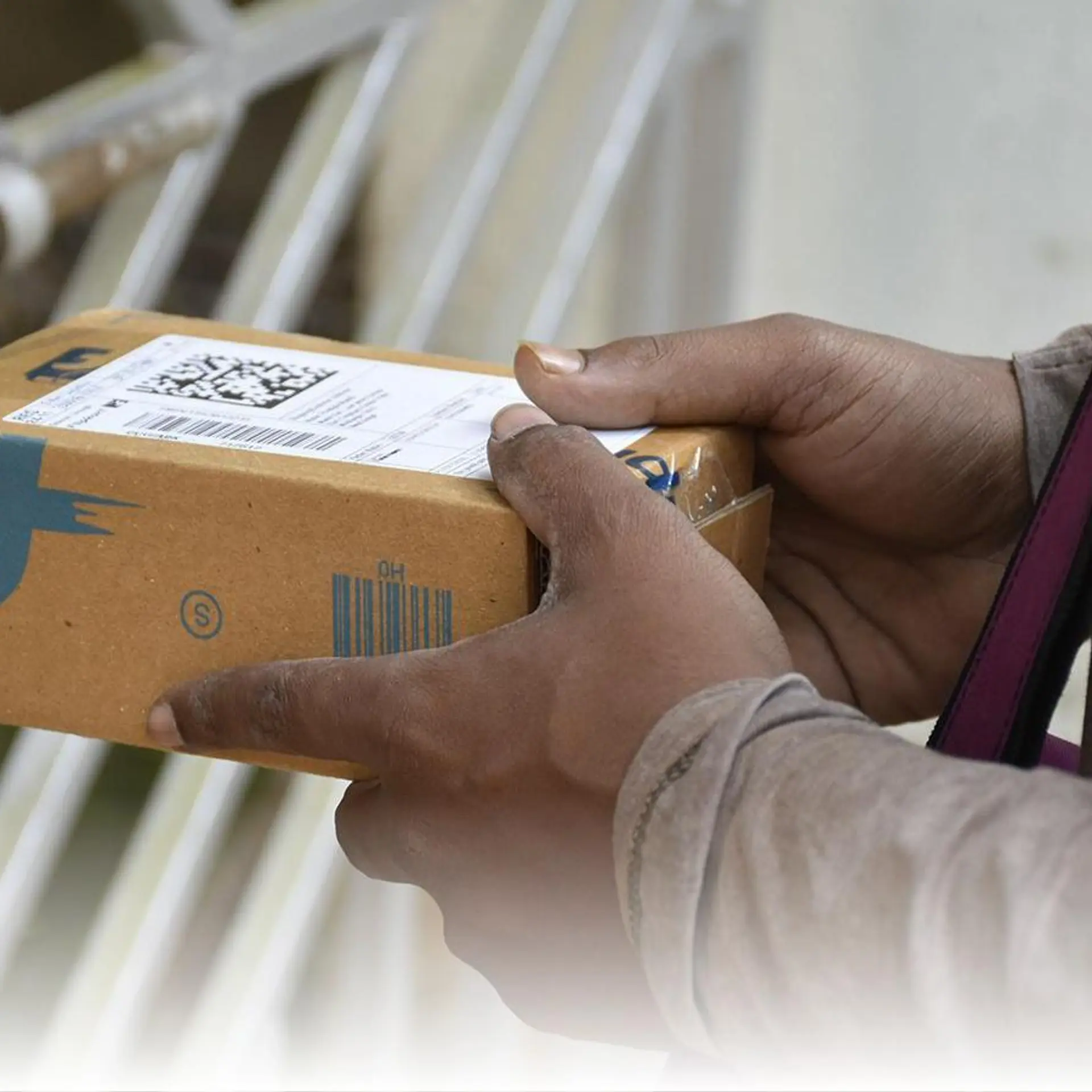Former Prime Minister Atal Bihari Vajpayee leaves behind a legacy of social and economic change

Former Prime Minister Atal Bihari Vajpayee, who was one of India’s most loved and respected politicians and revered by leaders across party lines, passed away on August 16. He was 93. The Bharatiya Janata Party veteran was undergoing treatment at AIIMS and was on life support for the past two days.
The first non-Congress prime minister to complete the full term of five years, Vajpayee carried forward the 1991 economic reforms introduced by the PV Narasimha Rao-led Indian National Congress government.
During the 1999-2004 period, India witnessed tremendous growth — the GDP rate was above eight percent, while the inflation was below four percent and foreign exchange reserves were overflowing. Vajpayee’s push for foreign direct investments even paved way for major e-retailers like Walmart and Amazon to set up shop in India.
However, bringing about a sweeping change in the economic climate of the country was not his only achievement; Vajpayee was also a champion for social causes. Recipient of the Bharat Ratna in 2015, his birthday on December 25 is recognised as 'Good Governance Day’.
Below we list a few of the pioneering initiatives undertaken by the political heavyweight:
- Sarva Shiksha Abhiyan: Considered as a pioneering policy on the fundamental right to education, Sarva Shiksha Abhiyan came in the form of a social scheme that provided universal access to free elementary education for children aged six to 14 years. It was started an interventionist programme in 2002, and SSA has been operational since 2000-2001. However, its roots go back to 1993-1994, when the District Primary Education Programme (DPEP) was launched, with an aim of achieving the objective of universal primary education. Within four years of its launch in 2001, the number of out-of-school children dropped by 60 percent.
- Delhi Lahore bus service: In 1999, Vajpayee took the path-breaking step to strengthen political and diplomatic ties with neighbour Pakistan by giving a nod to the Delhi Lahore bus service, known as Sada-e-Sarhad. Officially launching its services on March 16 that year, it was not halted even after the outbreak of the Kargil War.
- Antyodaya Anna Yojana: With an aim to provide up to 35 kilograms of rice and wheat at a highly subsidised cost of three rupees per kilogram of rice and two rupees per kilogram of wheat, the then BJP-led government launched Antyodaya Anna Yojana in 2000. The scheme has been expanded twice, once in June 2003 and then in August 2004, adding an additional 5,000,000 BPL families each time and bringing the total number of families covered up to 20,000,000.
- Pradhan Mantri Gramodaya Yojana: In 1998, the government announced a national housing and habitat policy with an aim to provide "Housing for All.” The scheme aimed to facilitate the construction of two million additional housing units annually. Of these, 13 lakh were to be constructed in rural areas and seven lakh in urban sectors.
- Golden Quadrilateral: It was Vajpayee’s vision to form a network of highways that connected the four major metropolitan cities in four directions – Delhi (North), Chennai (South), Kolkata (East) and Mumbai (West). It is the largest highway project in India and the fifth longest in the world, at 5,846 km. This project was conceptualised in 1999 and started in 2001. The project consisted of constructing four- and six-lane express highways. Although the project was planned to be completed by 2006, due to delays like land acquisition, awarding contracts, zoning challenges, and funding problems, it was finally completed in 2012.
- Pradhan Mantri Gram Sadak Yojana: On August 15, 2000, Vajpayee announced his ambitious scheme that aimed at connecting all villages with a population of 1,000 within the next three years, and villages with a population of 500 and above by 2007. Of 178,000 (1.7 lakh) habitations with a population of above 500 in the plains and above 250 in the hilly areas planned to be connected by all-weather roads, 82 percent were already connected by December 2017 and work-in-progress on the remaining 47,000 habitations was on-track for completion by March 2019.







